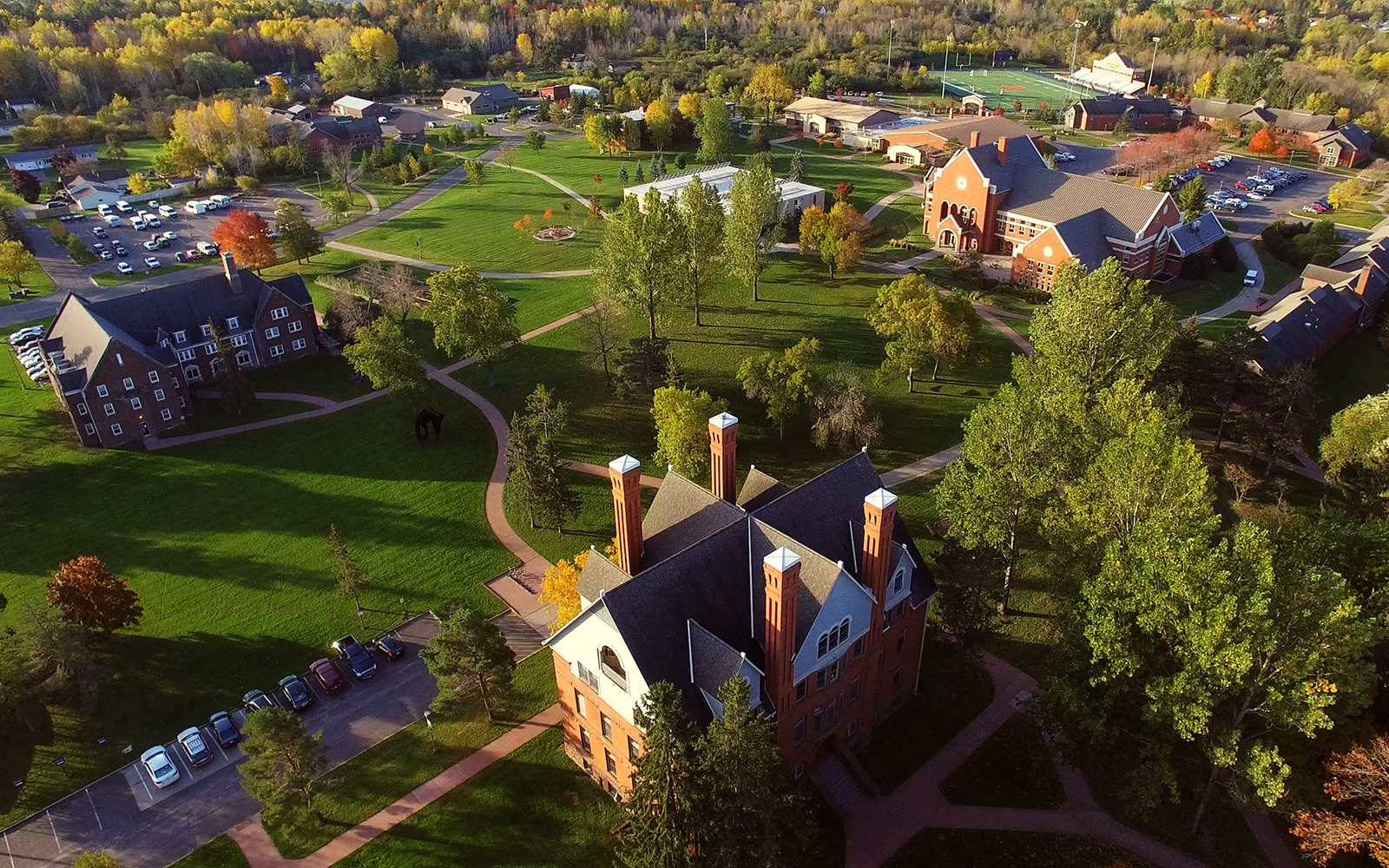Poor relationships between employers and community colleges are contributing to the nation’s workforce shortages, according to a new Harvard report.
Wisconsin Public Radio’s “The Morning Show” recently explored the findings with the report’s co-author, Manjari Raman, director and senior researcher of the Managing the Future of Work Project at the Harvard Business School.
Raman found many people training and applying for jobs remain ill-equipped to enter the workforce. She said poor communication about skill needs may be partially to blame.
Stay informed on the latest news
Sign up for WPR’s email newsletter.
“Businesses thought it’s enough to sit in advisory councils at the local community college. Very often the people on those councils are retired small business owners,” Raman said. “You’re not really seeing engagement from large employers … going to a community college and saying, ‘Look, I need about 50 or 60 or maybe 500 people to come and work for me. Here is the kind of workforce readiness I need. This is what I need in the curriculum.’”
Raman also talked about the need for employer transparency and what businesses can do to prepare students for the workforce.
This interview has been edited for brevity and clarity.
Kate Archer Kent: Your paper describes this dysfunctional relationship between employers and two-year colleges. What is the problem here?
Manjari Raman: The research started well before COVID when we saw that, despite everything that was going on in the economy, the economy was actually heating up quite well. Employment rates were falling. Employers were saying, “We can’t find people with the talent we need, especially for middle-skilled positions that don’t require a four-year college degree.”
When we talked to educators and to many community college leaders, they told us that they’re struggling to understand the latest curriculum, because the nature of jobs was changing so quickly in these middle-skills positions. And then we knew that many students who would love to be in full-time positions and be earning a decent wage and have a career path… we knew (they) were struggling. So, we started this research trying to look into this problem and see why this whole ecosystem is so misaligned.
KAK: How can employers start to improve their relationships with these colleges?
MR: There is a gulf, but it is incredibly easy and quick to bridge the gulf. It needs to be senior management from the C-suite, preferably the CEO, reaching out to the local community college leader and setting up an initial conversation on the middle-skills needs for their organization.
Once the conversation is set up, by all means, hand it off to middle management and the H.R. department to work out the details. That’s fine. But what we find is, community college leaders gave very clear feedback that unless we have a commitment from the senior management, these partnerships don’t work.
And similarly, whenever we interviewed business leaders, we found that partnerships really worked well when the senior management bought into it. And because senior management buys into it, they then track the metrics. Is the partnership working? Are we hiring the right people? Are those people staying in our jobs? Are they able to have a career pathway? What is the next level of people we can hire from the community college? A virtuous cycle starts playing instead of the current vicious cycle.
KAK: In your recommendations, you mention a need for more transparency about what the job will pay and what that career path will look like. Can you talk a bit about that?
MR: In all our research, we are completely confounded by the fact that employers seem to almost want to hide and bury the information of the career pathways — especially when it comes to middle-skilled positions and the lowest wage earners. They simply don’t lay out enough information in the public domain … Here are the resources we provide you. If you stay here for three years, this is the kind of training you’ll get. This is how your wages will improve. These are your next two levels that you will be promoted to.
The one example I found which was different was Chipotle. If you go on their website, they very clearly lay out eight levels, saying if you join us as a crew member, this is the salary that you’ll receive. It’s written there on the website. Anyone can read it. The next level … the salary level, the title is written there and it goes all the way til you can become a restaurateur. And Chipotle talks about success stories on their website. Chipotle talks about the challenges of becoming and growing within the organization. That is an important thing. Companies should be transparent. Lay it out there. People will come and join you.
READ MORE: Central Wisconsin business groups say worker shortage is a dire threat to region
READ MORE: As dentists drop out of the workforce, rural communities suffer most
Wisconsin Public Radio, © Copyright 2025, Board of Regents of the University of Wisconsin System and Wisconsin Educational Communications Board.






